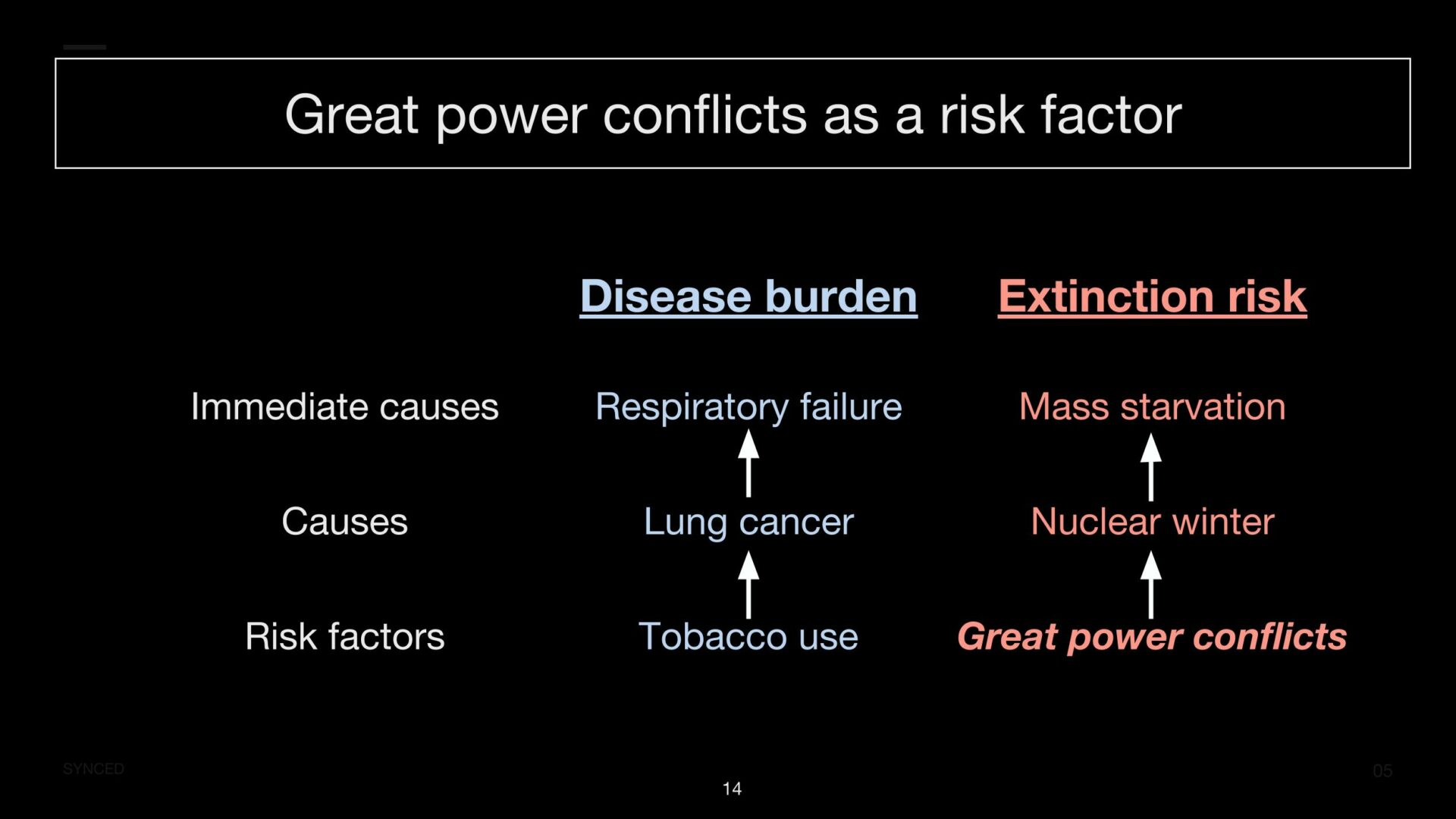Here is no general agreement on which date, or even which development, best divides the medieval from the modern. Some make a strong case for a date associated with the emergence of the great, ambitious monarchs: Louis XI in France in 1461; or Ferdinand of Aragon and Isabella of Castile, who were married in 1469; or the advent of Henry VII and the Tudors in England in 1485.
Scholars who value international relations tend to choose 1494, when Charles VIII of France began what is often called “the first modern war” by leading his army over the Alps to Italy.
Other historians find 1492 a convenient date, for the discovery of America began the great age of European expansion overseas. Still others would emphasize 1517, when Martin Luther opened his attack on the Roman Catholic church. All such dates are arbitrary, for, as our discussion of the Renaissance has shown, the dividing line between medieval and modern culture cannot be placed in a single country or a single year.
Moreover, it can be argued that what really makes the modern world modern is the combination of rationalism, natural science, technology, and economic organization that has given us new power over natural resources. By this standard, the great change came in the eighteenth century, and the sixteenth and seventeenth were but preparation.

